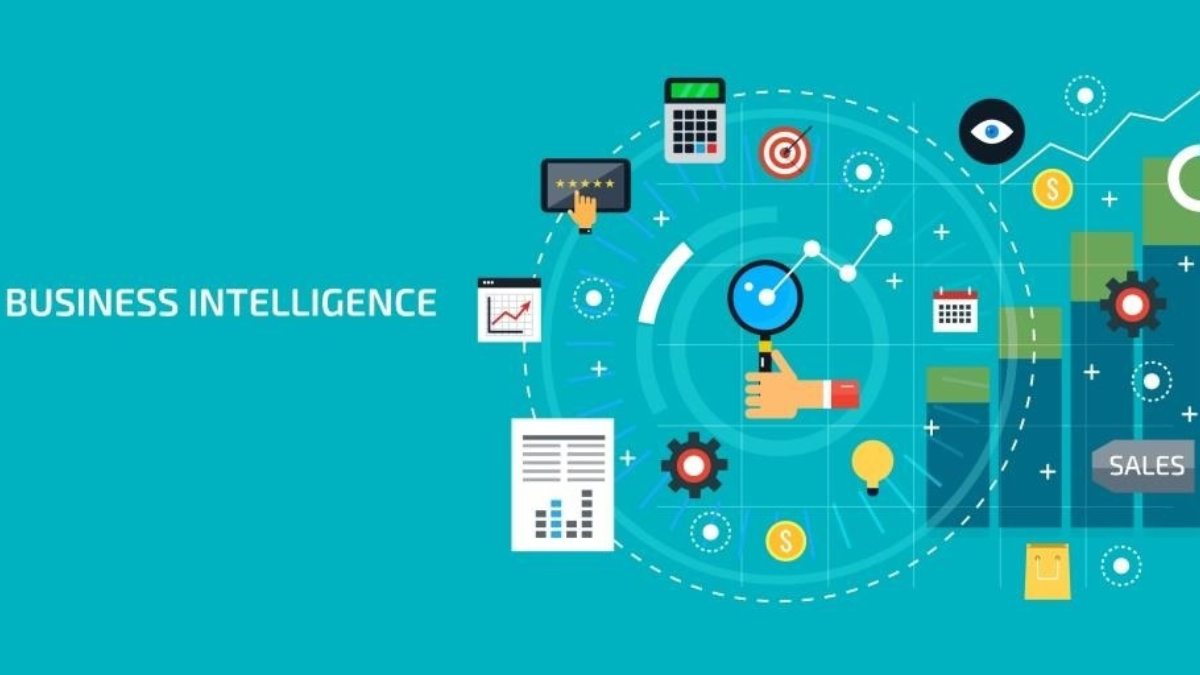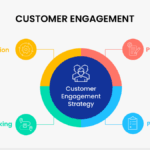Introduction
In today’s data-driven world, businesses are sitting on a goldmine of customer information. Every purchase, query, click, and interaction provides valuable insight into customer preferences, behaviors, and needs. The challenge lies not in collecting this data but in transforming it into actionable business intelligence that leads to smarter decisions, better customer experiences, and measurable growth.
This article explores how to convert raw customer data into powerful business intelligence that drives strategic outcomes and helps organizations stay competitive.
1. Understand the Types of Customer Data
Before leveraging customer data, it’s essential to understand its types:
- Demographic Data: Age, gender, income, education level, etc.
- Behavioral Data: Website visits, email opens, click-throughs, product views.
- Transactional Data: Purchase history, order frequency, payment methods.
- Feedback Data: Surveys, reviews, support tickets, and social comments.
- Psychographic Data: Interests, values, lifestyle, and opinions.
Each type offers a unique perspective and, when integrated, provides a 360-degree view of your customers.
2. Centralize Your Data Sources
Customer data often resides in multiple systems—sales software, customer service platforms, marketing tools, and website analytics. To make this data useful, centralization is key.
Benefits of centralized data:
- Eliminates silos between departments.
- Enhances data accuracy and completeness.
- Enables comprehensive analysis and reporting.
A unified database lays the foundation for transforming scattered data into reliable business intelligence.
3. Clean and Prepare the Data
Raw data is often messy and inconsistent. Without proper cleansing, your insights may be misleading or incomplete.
Steps to prepare your data:
- Remove duplicates.
- Correct errors (e.g., misspelled names or incorrect emails).
- Standardize formats (dates, currency, etc.).
- Fill missing values when possible.
Data hygiene is crucial for trustworthy results and accurate forecasting.
4. Analyze Patterns and Trends
Once your data is organized, start analyzing for patterns and trends that can inform decision-making.
Key areas to analyze:
- Buying habits: Which products are most popular? When do customers buy?
- Engagement behavior: Which emails or content generate the most interest?
- Support interactions: What are common complaints or queries?
By identifying patterns, you can anticipate customer needs, personalize experiences, and reduce churn.
5. Segment Your Customers
Segmentation divides your audience into groups based on shared traits, allowing for targeted strategies.
Common segmentation methods:
- Demographics (e.g., age group, location)
- Purchase behavior (e.g., frequent buyers, first-time customers)
- Engagement level (e.g., highly active vs. dormant users)
Segmentation makes your marketing, sales, and support efforts more precise and effective.
6. Turn Insights into Actionable Strategies
Insight without action is just information. True business intelligence enables strategic planning and operational improvements.
Examples of data-driven strategies:
- Launch a loyalty program for repeat customers.
- Personalize product recommendations based on past purchases.
- Adjust inventory based on sales trends and demand forecasts.
- Improve customer service by addressing frequently reported issues.
Business intelligence translates raw data into decisions that improve customer satisfaction and increase revenue.
7. Use Visualization Tools for Better Understanding
Visual representation helps make sense of complex datasets. Charts, graphs, and dashboards allow teams to quickly grasp performance and trends.
Advantages of data visualization:
- Simplifies complex information.
- Helps track KPIs in real time.
- Makes presentations more compelling and clear.
Visual tools bridge the gap between data analysts and decision-makers across departments.
8. Predict Future Behavior with Advanced Analytics
Predictive analytics uses historical data to forecast future actions. This allows businesses to stay proactive rather than reactive.
Applications of predictive insights:
- Anticipate customer churn.
- Forecast sales volumes by season or location.
- Identify upselling and cross-selling opportunities.
When used correctly, predictive intelligence enhances planning and sharpens competitive edge.
9. Involve All Departments in Data-Driven Culture
Business intelligence is not limited to analytics teams. Every department—from marketing to customer support—should have access to relevant insights.
Foster a data-driven culture by:
- Sharing dashboards and key metrics.
- Offering data literacy training.
- Encouraging data-based decisions at every level.
Empowering all teams with intelligence ensures alignment and faster execution.
10. Continuously Monitor and Improve
Customer preferences and market conditions are constantly evolving. Business intelligence is not a one-time exercise but an ongoing process.
Maintain momentum by:
- Regularly updating your data.
- Refining your KPIs.
- Adjusting strategies based on new insights.
Continuous improvement ensures your business remains agile and responsive to change.
Conclusion
Turning customer data into actionable business intelligence requires more than technology—it demands strategy, collaboration, and discipline. By understanding your data, organizing it efficiently, extracting meaningful insights, and applying them across operations, you can unlock the full potential of your customer base.
When data becomes intelligence, and intelligence becomes action, the result is sustainable growth, improved customer experiences, and a smarter, more agile business.
Frequently Asked Questions (FAQs)
Q1: What is the difference between data and business intelligence?
A: Data is raw information collected from various sources, while business intelligence involves analyzing and interpreting that data to support informed decision-making.
Q2: How can customer data improve marketing efforts?
A: It helps personalize campaigns, segment audiences, identify high-performing channels, and increase engagement through targeted messaging.
Q3: What tools are useful for turning data into insights?
A: Common tools include data visualization platforms, analytics dashboards, spreadsheet software, and machine learning algorithms for predictive modeling.
Q4: How often should customer data be analyzed?
A: Ideally, data should be monitored regularly—weekly or monthly for reporting, and in real time for immediate decisions when possible.
Q5: Is customer data analysis only for large businesses?
A: No. Small and mid-sized businesses can benefit greatly by using even basic data to improve customer targeting, support, and product development.



